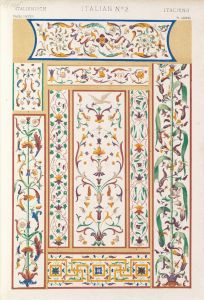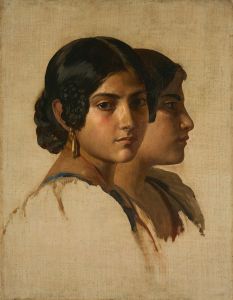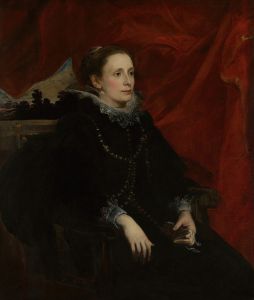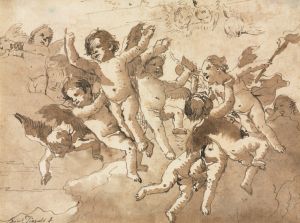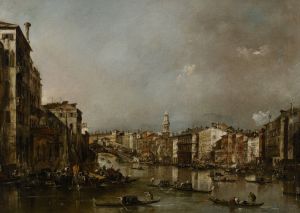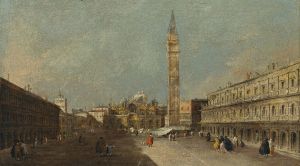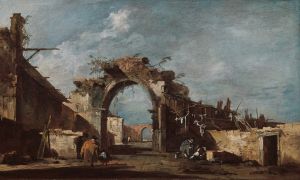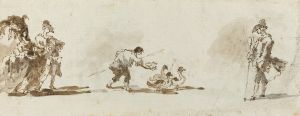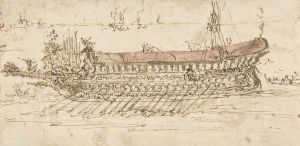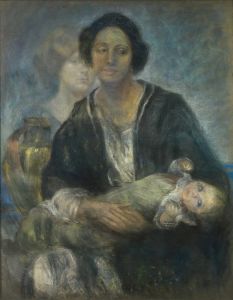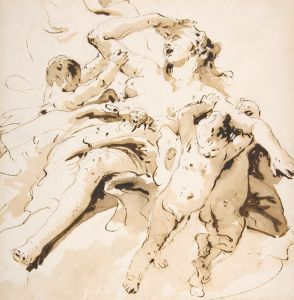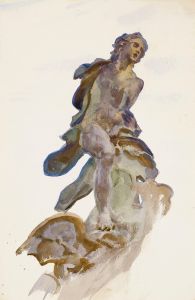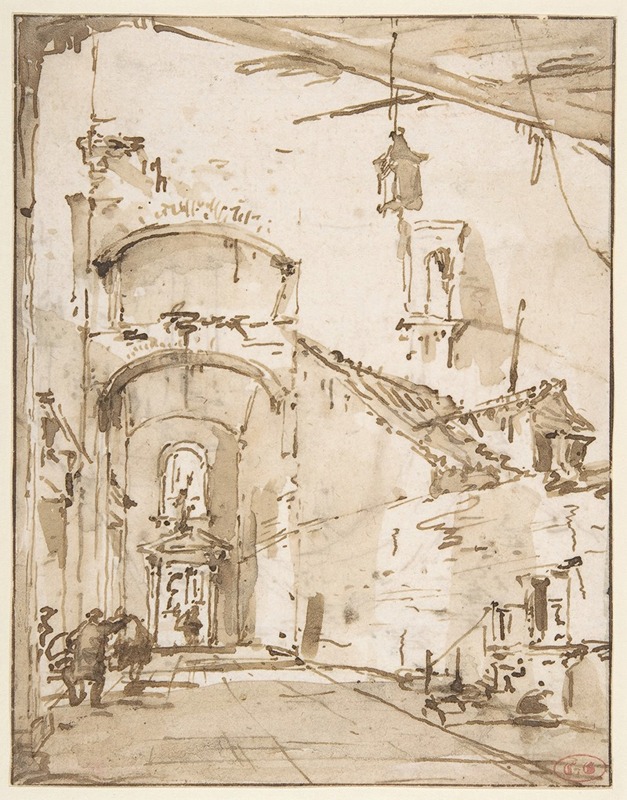
Architectural Capriccio; A Vaulted Passageway
A hand-painted replica of Francesco Guardi’s masterpiece Architectural Capriccio; A Vaulted Passageway, meticulously crafted by professional artists to capture the true essence of the original. Each piece is created with museum-quality canvas and rare mineral pigments, carefully painted by experienced artists with delicate brushstrokes and rich, layered colors to perfectly recreate the texture of the original artwork. Unlike machine-printed reproductions, this hand-painted version brings the painting to life, infused with the artist’s emotions and skill in every stroke. Whether for personal collection or home decoration, it instantly elevates the artistic atmosphere of any space.
Francesco Guardi, an 18th-century Venetian painter, is renowned for his contributions to the genre of vedute (view paintings) and capricci (architectural fantasies). One of his works, Architectural Capriccio; A Vaulted Passageway, exemplifies his skill in creating imaginative architectural compositions. This painting is a capriccio, a type of artwork that combines real and imagined architectural elements to create a fantastical scene. Guardi’s capricci often reflect his ability to blend architectural precision with atmospheric effects, resulting in dreamlike and evocative images.
In Architectural Capriccio; A Vaulted Passageway, Guardi depicts a grand, vaulted passageway with intricate architectural details. The composition features a series of arches and columns, creating a sense of depth and perspective. The interplay of light and shadow enhances the three-dimensional quality of the space, a hallmark of Guardi’s technique. The painting is populated with small, sketch-like figures, which add a sense of scale and liveliness to the scene. These figures are typical of Guardi’s work, serving as narrative elements without detracting from the architectural focus.
The painting reflects the influence of the Venetian tradition of architectural painting, particularly the works of Canaletto, who was a contemporary of Guardi. However, while Canaletto’s vedute are known for their meticulous accuracy, Guardi’s capricci are more imaginative and atmospheric. This distinction highlights Guardi’s unique approach to the genre, emphasizing mood and artistic interpretation over strict realism.
The exact date of creation for Architectural Capriccio; A Vaulted Passageway is not documented, but it is consistent with Guardi’s mature style, which developed in the latter half of the 18th century. During this period, Guardi shifted from producing highly detailed vedute to more expressive and loosely painted works, including capricci. This transition reflects broader changes in Venetian art during the time, as artists responded to shifting tastes and the decline of Venice’s political and economic power.
Today, Architectural Capriccio; A Vaulted Passageway is appreciated as an example of Guardi’s imaginative vision and his ability to evoke the grandeur and mystery of architectural spaces. The painting is housed in a public or private collection, where it continues to be studied and admired for its artistic and historical significance. Guardi’s work, including this piece, remains an important part of the legacy of Venetian painting in the 18th century.





